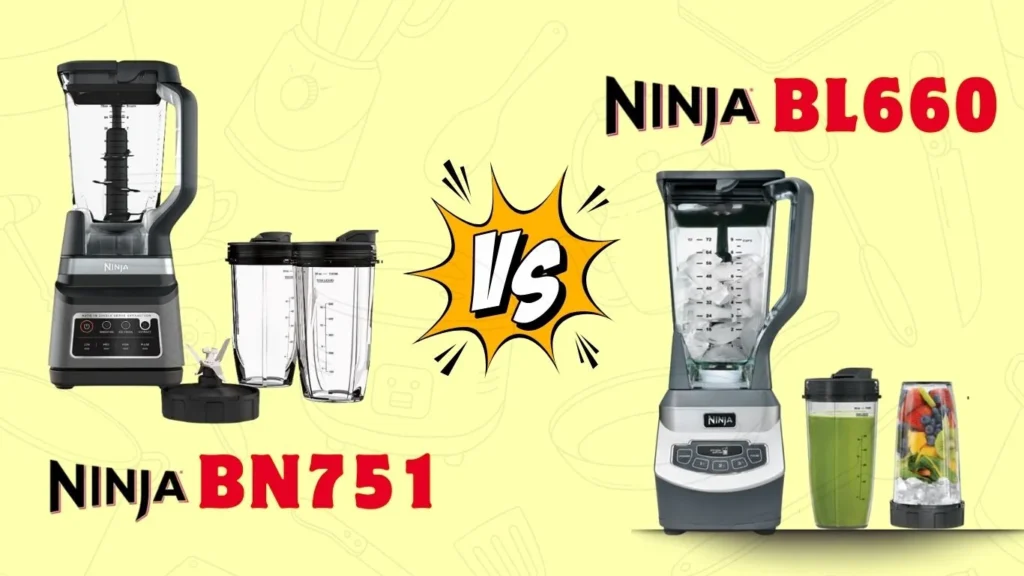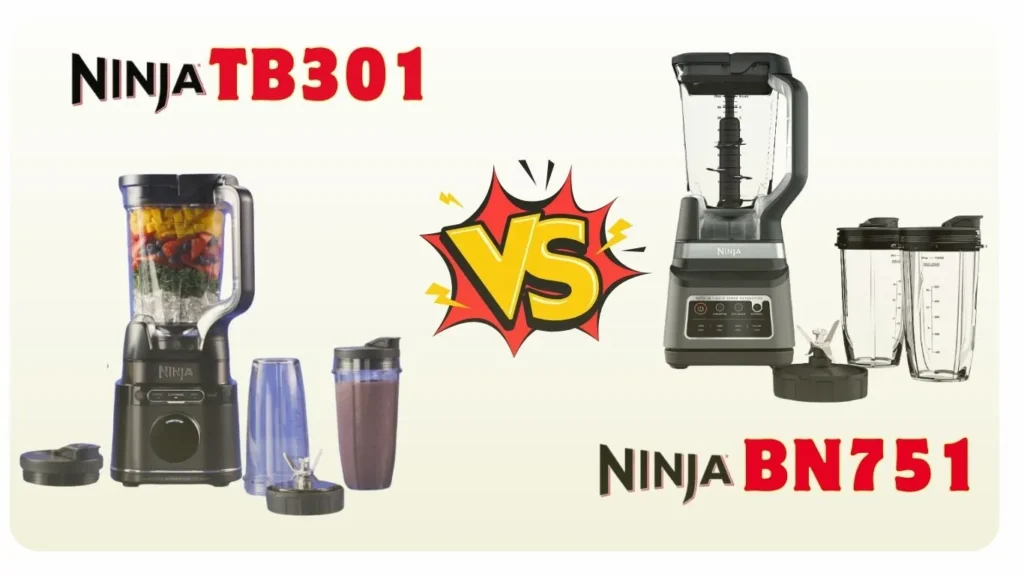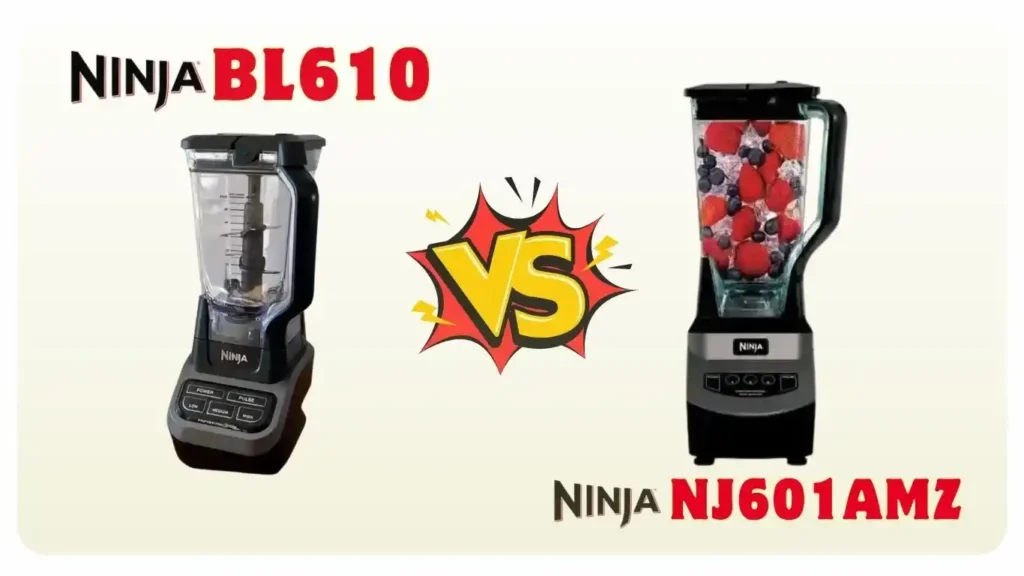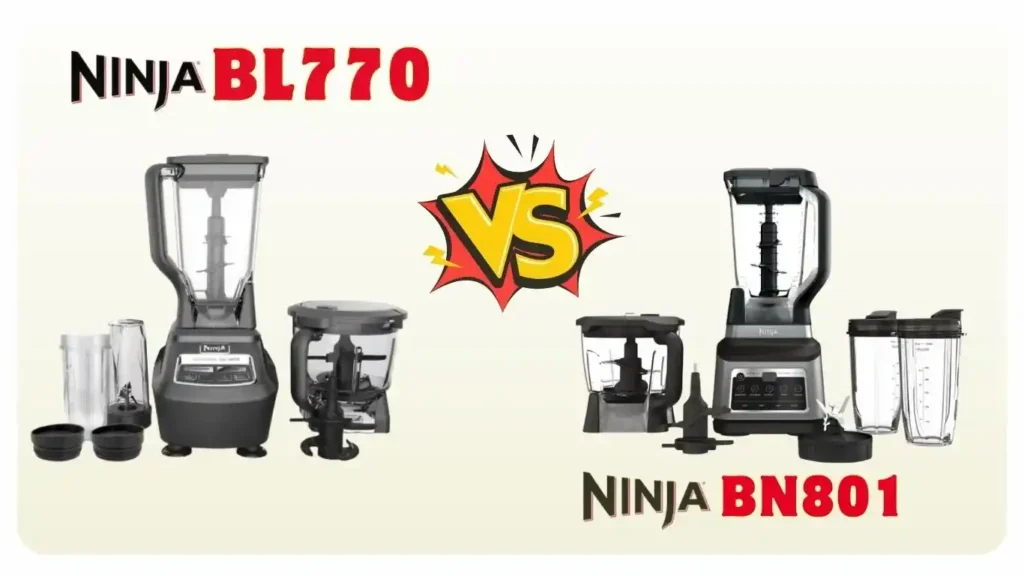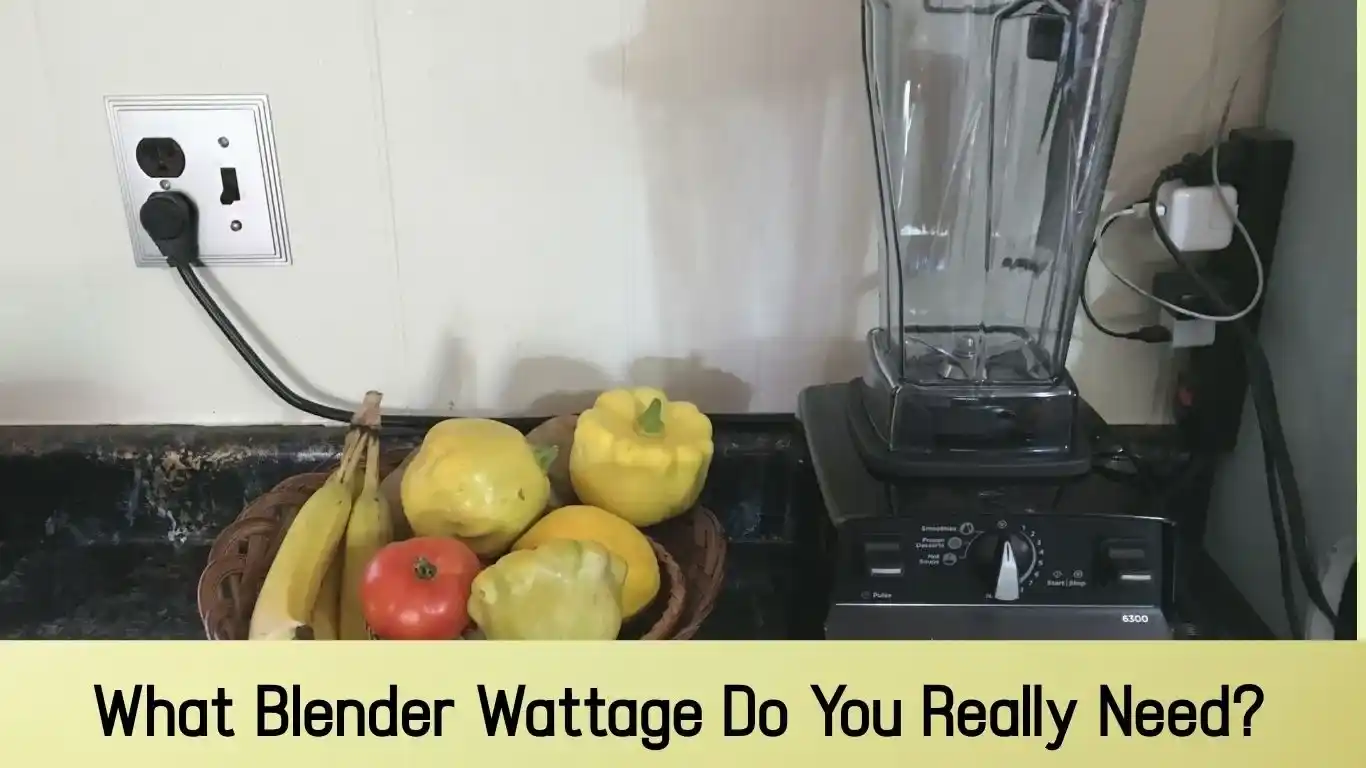
When you shop for a new blender, one thing stands out—the wattage. You’ll see numbers like 300, 600, or even 1500 watts. But what does that really mean?
I live in Texas, and I use my blender almost every day—for smoothies, soups, and frozen drinks. Over the years, I’ve learned that the right wattage can make or break your blending results.
If you just want to make a quick smoothie, you don’t need a super strong motor. But if you’re blending ice, nuts, or frozen fruit like I do, power matters—a lot.
This guide will help you understand what wattage really means. You’ll learn how to pick the right one based on what you make at home. I’ll also walk you through what most U.S. buyers look for in a good blender. You’ll see why blades and design can sometimes be more important than the watt number alone.
We’ll also cover:
- The best wattage for different tasks
- Common wattage ranges by blender type
- My top picks (based on what works here in the U.S.)
- What can go wrong with a weak motor
By the end, you’ll know exactly what to look for—so you don’t waste money on the wrong machine. Let’s get started and find the right blender for your kitchen.
Why Blender Wattage Matters: Not Just A Number
Blender wattage matters more than most people think. I’ve tested many blenders in my own kitchen, and wattage always makes a difference. For basic tasks like making smoothies or mixing soft fruits, 500 watts usually works fine. But if you plan to crush ice, blend nuts, or make thick shakes, I’d recommend going for 1000 watts or more.
Higher wattage gives you smoother results, saves time, and helps protect the motor. I once bought a low-watt blender and ended up returning it because it couldn’t handle frozen foods. Since then, I always check the wattage first. It’s not just about blending—it’s about getting the job done right and making your kitchen life easier.
Understanding Blender Wattage (And Why It Matters)
Blender wattage tells you how powerful the motor is. Higher watts mean more power for blending. I learned this after trying to crush ice in a low-watt blender—it didn’t end well. Since then, I always check the power before buying.
Here’s why wattage matters for your kitchen:
- Better Efficiency: More watts mean faster and smoother blending.
- Stronger Motor: More power means your blender can last longer—even with daily use.
- More Versatility: You can blend everything from frozen fruits to nuts without worrying.
How Blender Power Impacts Performance
The wattage directly affects your blender’s performance. I saw the difference when I went from 300 to 1000 watts. The difference was huge.
Here’s what you’ll notice with more motor strength:
- Smooth Blends: High-powered blenders create creamy smoothies with no chunks.
- Faster Results: You’ll cut down blending time and still get perfect textures.
- Tough Tasks Made Easy: Whether it’s ice, carrots, or almonds—more watts handle it all.
Selecting the Right Blender Wattage
The best wattage depends on how you plan to use it. I’ve owned both low-power and high-power blenders—and trust me, your daily routine matters.
Here’s what I always consider before buying:
- Your Cooking Habits: If you blend often—like daily smoothies or soups—go for 1000 watts or more. Lighter use? 500–700 watts is usually fine.
- What You Blend: Crushing ice or making nut butter? You’ll need higher blending power. Soft fruits or protein shakes? Lower wattage can handle that.
- Your Budget: More power often costs more. But I’ve found mid-range blenders (around 1000 watts) offer the best value for both performance and price.
Blender Power Usage and Energy Costs
Wattage doesn’t just affect performance—it also affects your power bill. This was something I didn’t think about until I started using my blender multiple times a day.
Here’s what I’ve learned about energy use:
- Efficiency: A powerful blender may use more watts, but it finishes the job faster—so it might save energy overall.
- Electricity Cost: Using a 1500-watt blender for short bursts won’t cost much. But running it nonstop will show up on your bill.
- Eco-Friendly Choices: If you care about the environment, look for energy-efficient models. Many now come with “eco” or “smart blend” features to reduce kitchen electricity cost.
Blender wattage isn’t just a number—it affects your blending results, energy use, and budget. So think about what you blend, how often, and how much power you really need. That’s how I found the perfect balance for my kitchen.
What Is the Ideal Blender Wattage for Different Uses?
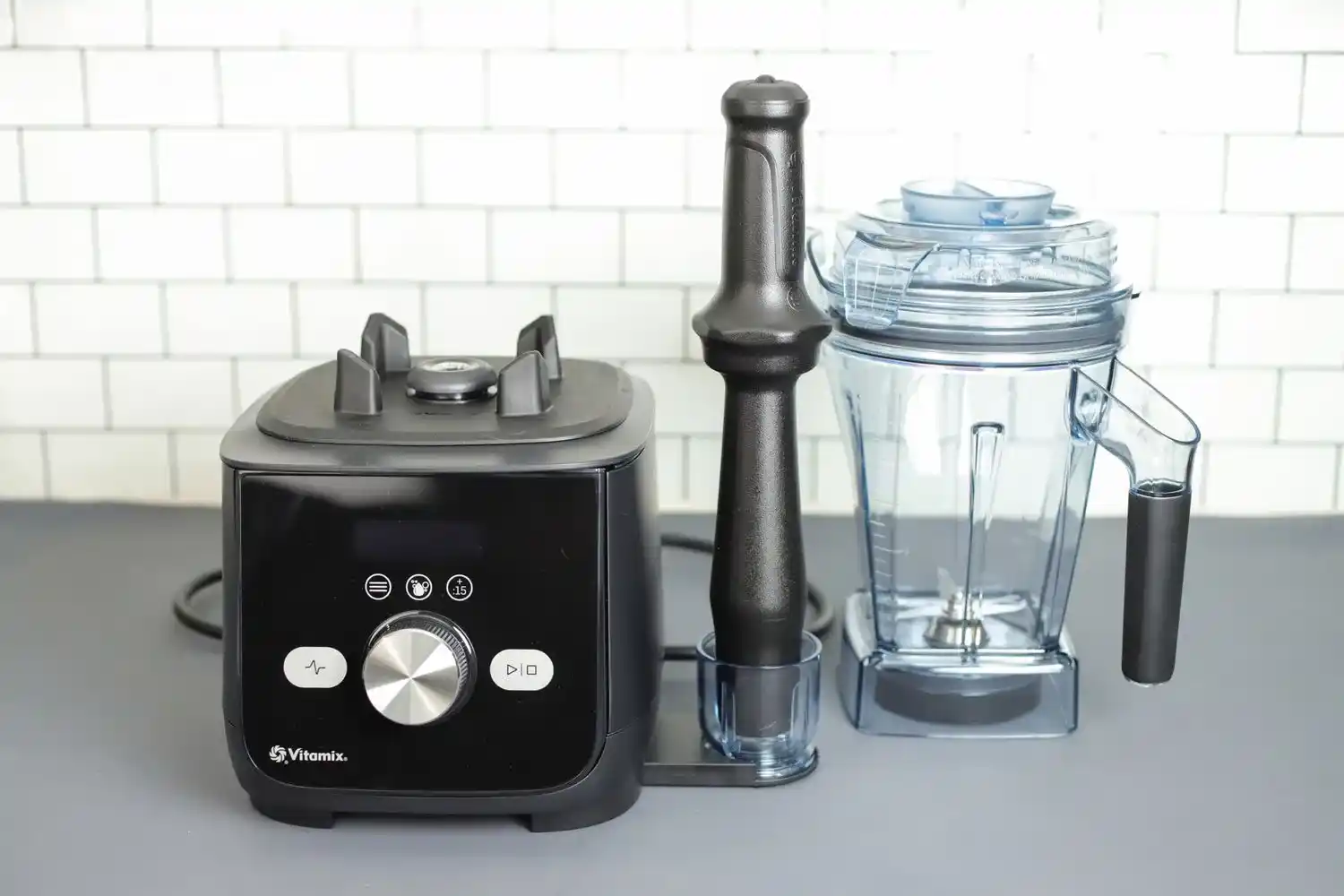
What’s the best blender wattage for your kitchen? It depends on what you make.
If you’re just blending fruits, you won’t need much power. But if you’re crushing ice or making nut butter, you’ll want something stronger. I’ve used all types—and the wattage really does make a difference.
Let’s break it down by need.
Low-Power Blenders (300–500 Watts)
Low-wattage blenders are great for basic tasks. They’re simple, affordable, and perfect if you’re just starting out.
Here’s what they work well for:
- Simple smoothies: If you’re blending soft fruits with yogurt or milk, 300–500 watts is enough. I used one like this back when I only made banana smoothies.
- Hot soups & sauces: They can puree cooked veggies into creamy soups. Just make sure the food is soft and not too thick.
- Soft foods: Great for baby food or blending oats into liquid.
But if you throw in ice or frozen fruit, they’ll struggle. I’ve burned out a few motors trying that early on. So keep your recipes light with low-power models.
Medium-Power Blenders (500–1000 Watts)
Medium-wattage blenders are a great step up. They give you more power without breaking the bank.
When I moved beyond basic smoothies, this is the type I chose. It made a big difference.
Here’s what they handle well:
- Crushing ice: Love frozen drinks? You’ll need at least 700 watts. I make icy drinks often—no more chunks in my smoothies.
- Nut butters: I’ve made almond and peanut butter with my 900-watt blender. It takes a few minutes, but the results are smooth and creamy.
- Green smoothies: Mixing kale, spinach, and frozen fruits? This power range works great. The texture comes out smooth, not gritty.
If you’re serious about blending, but not ready for a high-end machine, this is the sweet spot. It balances performance, price, and durability.
High-Power Blenders (1000+ Watts)
High-wattage blenders are built for heavy-duty work. These are the ones you’ll find in pro kitchens—and in mine, too.
After using a few lower-powered models, I finally upgraded to a 1400-watt blender. Honestly, I wish I’d done it sooner.
Here’s what high-power blenders can do:
- Hard ingredients: They power through raw nuts, seeds, and carrots like butter. I even blend ice straight from the freezer—no problem.
- Hot soups: Some models can blend and heat at the same time. I toss in steamed veggies, and within minutes, I have hot, creamy soup.
- Thick doughs and batters: If you bake, this matters. My blender even mixes pancake and pizza dough with ease. It doesn’t stall or overheat.
If you blend daily or love experimenting in the kitchen, a 1000-watt or higher blender gives you long-term value. It’s strong, fast, and makes blending stress-free.
Specialty Blenders
Not all blenders are the same. Some are made for specific jobs. I’ve used each type in my kitchen depending on what I’m making.
Personal Blenders
These are small and super convenient. I grab mine when I’m in a hurry.
- Best blender for single servings. It’s great for shakes or smoothies on the go.
- I toss in frozen fruit, blend, and take the cup with me—easy!
Immersion Blenders
Also called hand blenders. These are my go-to for soups.
- Immersion blender for soup and sauces. I blend hot ingredients right in the pot.
- No need to transfer to a big jar. Less mess and super quick.
Professional Blenders
These are built for tough jobs. I tested one at a local café during a workshop.
- Commercial-grade blender. Strong motors and large capacity.
- Ideal if you cook in large amounts or run a small kitchen business.
Each specialty blender has a role. Pick one based on your needs, not just the size or price. The right blender makes a big difference—I learned that the hard way!
What Most U.S. Buyers Look For in Blender Power
When I talk to other home cooks or read blender reviews, one thing stands out—power matters. Most U.S. buyers want a blender that can do more than just mix soft fruits.
Power for Smoothies and Ice
Smoothies are big in the U.S.—I make one almost every morning. Your blender needs real power for those thick blends.
- Best wattage for blender smoothies? At least 500 watts for soft fruits and yogurt.
- To crush ice or frozen fruit, choose a blender with at least 1000 watts. Trust me, I’ve burned out weaker blenders on frozen bananas.
Everyday Versatility
Blenders are now used for way more than drinks. From chopping nuts to pureeing soup, wattage plays a big role.
- 600 to 900 watts is great for mixed-use: sauces, dips, even pancake batter.
- The key? Look for even power flow. It avoids those annoying chunky bits.
Durability Over Time
I’ve learned that a stronger motor lasts longer. High-watt blenders don’t strain as easily.
- They can handle daily use without overheating.
- I had a cheap one once—500 watts, no name. It gave up in six months.
Budget vs. Power
Here’s the sweet spot most buyers look for:
- 500–700 watts if you’re on a budget. It works well for light blending.
Want top performance? Over 1000 watts is worth the price for serious kitchen use.
Blender Wattage vs. Blade Design: Which One Matters More?
When I bought my first high-powered blender, I thought wattage was everything. It worked well—until it struggled with kale. That’s when I learned blade design matters just as much.
Understanding Blender Wattage
Wattage tells you how strong the motor is. It is a smart place to start when picking a blender.
- 500–800 watts is great for smoothies, sauces, and soft ingredients.
- Go for 1000+ watts if you blend ice, nuts, or frozen fruit often.
But here’s the truth: high wattage alone doesn’t guarantee smooth results.
Why Blade Design Is Just As Important
The best blender blade design makes a huge difference. I’ve seen blenders with strong motors but weak blades that leave chunks.
- Sharp stainless-steel blades cut better and last longer.
- The angle and shape of the blade affects how ingredients move.
- Blade placement helps pull food down into the blend.
My Ninja blender has angled blades and cuts even thick nut butters evenly. That’s what gives you that smooth, creamy texture.
The Right Combo Wins
Wattage and blades work best together.
- A strong motor gives the blades the power to blend better.
- A smart blade design helps process food faster and smoother.
- Together, they reduce blending time and give better texture.
What Should You Choose?
Ask yourself what you’ll use the blender for.
- For green smoothies, blade design matters more than just raw power.
- For crushing ice or frozen fruit, you’ll need at least 1000 watts plus strong blades.
- If you blend daily, invest in both power and good blade quality.
Common Wattage Ranges by Blender Type (U.S. Guide)
Blender wattage affects performance. Wattage shows how strong the motor is and what it can do. Based on my experience testing dozens of blenders, here’s how the wattage stacks up by type.
Personal Blenders (200–500 Watts)
These small blenders are great for quick smoothies.
- Best for: Soft fruits, protein shakes, and on-the-go blends.
- My tip: I use a 300-watt NutriBullet when I just want a quick smoothie without fuss. It blends bananas, berries, and milk really well.
- Pros: Light, portable, easy to clean.
- Limit: Not strong enough for ice or nuts
Countertop Blenders (500–800 Watts)
This is the standard blender found in most U.S. kitchens.
- Best for: Daily smoothies, sauces, soft veggie soups
- Power range: 500 to 800 watts handles most household tasks
- Real use: My 700-watt Oster blends frozen fruits like a champ. Just don’t overload it with ice.
- Versatility: Good for families and meal prep
High-Performance Blenders (1000–1500+ Watts)
Need power? These blenders crush it—literally.
- Best for: Ice, nuts, seeds, thick smoothies, nut butter
- Example: I’ve used a 1200-watt Ninja for almond butter and even pancake batter. It’s fast and reliable.
- Durability: Built to last with frequent use
- Worth it: If you blend every day or love trying tough recipes
Immersion Blenders (150–300 Watts)
These hand blenders are small but handy.
- Use case: Best for blending soup in the pot or whipping up cream.
- Power range: 150 to 300 watts is plenty for light blending jobs.
- My tip: I keep a 200-watt KitchenAid on hand for quick sauce fixes.
- Space-saving: Great for small kitchens
Recommended Blenders by Wattage (Tested & Trusted)
Wattage matters when buying a blender. Here’s a quick guide based on what I’ve tested in my own kitchen.
| Blender Model | Wattage | Best For | Why I Recommend It | Buy Now |
| NutriBullet NBR-0601 | 600 Watts | Smoothies with soft fruits | Compact, reliable, and perfect for daily shakes | Buy on Amazon |
| Ninja BL610 | 1000 Watts | Ice crushing, frozen fruit smoothies | Strong motor, great for icy drinks and blending | Buy on Amazon |
| Ninja Mega Kitchen System (BL770) | 1500 Watts | Nut butters, green smoothies, soups | Powerful and durable for daily use | Buy on Amazon |
Go for this if you blend often or need pro-level power.
Low-Wattage Blender Risks
A low-wattage blender (under 500 watts) might seem budget-friendly, but it comes with real downsides:
- Struggles with tough ingredients – Can’t handle ice, frozen fruit, or nuts well.
- Uneven results – Often leaves chunks in smoothies or sauces.
- Overheats easily – Weak motors heat up fast under pressure.
- Shorter lifespan – Motor wears out quickly with regular use.
- Not versatile – Can’t make nut butters, dough, or thick blends.
- Uses more energy over time – Takes longer to blend, using more power.
- Louder operation – Weak motors often make more noise under stress.
My Experience: How I Pick the Right Blender Power for My Kitchen
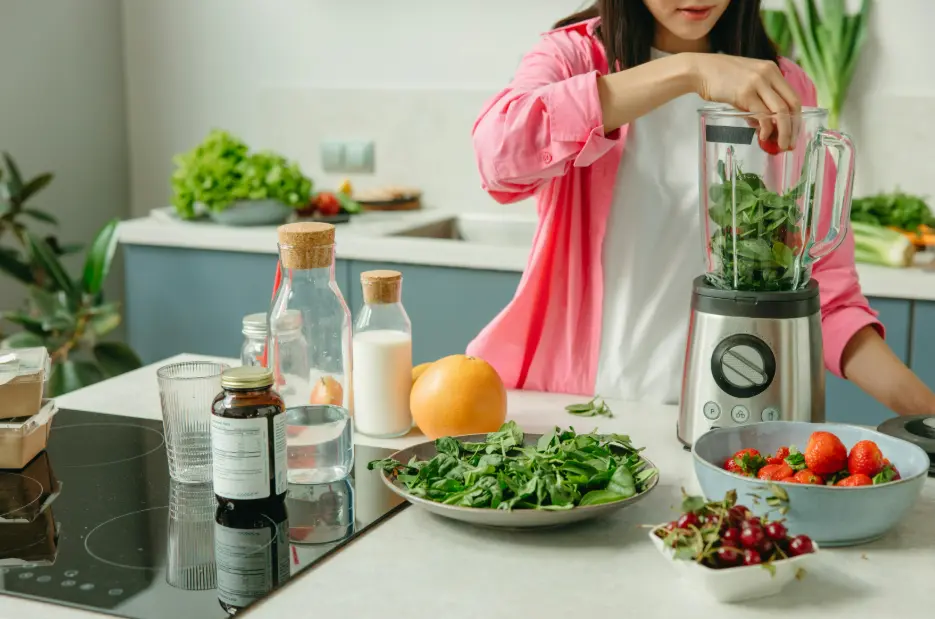
Pick blender power based on what you plan to make. Around 500–1000 watts fits most needs. For smoothies and soups, around 600 watts often works well. Tougher jobs need more power.
I’ve tested many blenders. Here’s what I learned about picking the right wattage. These tips can help you avoid mistakes and get the best blender for your needs.
Think About Your Blending Needs
First, know what you’ll blend most often. Not all blenders are made for every task.
- For smoothies, 500 to 700 watts is usually enough. It can handle fruits and veggies well.
- Go for 1000 watts or more if you blend ice or frozen fruit often. That power crushes ice smoothly.
- For soups and sauces, lower power like 300 to 500 watts can work fine.
Set Your Budget
Your budget affects your options. It’s about balancing cost and power.
- Cheap blenders often have 300 to 500 watts. They work well for simple tasks.
- Mid-range blenders with 500 to 1000 watts cover most needs.
- High-end blenders over 1000 watts are best for heavy use but cost more.
Test the Noise
Noise matters. Some blenders get loud with higher power. But not always.
If possible, test the blender in the store. See if the sound fits your kitchen. Some brands make quieter blenders even at high wattage.
Check Blender Features
Features add value and control.
- Multiple speed settings let you adjust texture easily.
- A pulse button helps chop tough ingredients.
- Pre-set programs give consistent results for smoothies, soups, and more.
Read User Reviews
Real users share honest opinions. Reviews tell you what the blender really does.
Look for comments on power and blending strength. This helps you see if the blender lives up to its wattage.
The right blender power saves time and avoids hassle. Use these tips from my experience to find the perfect blender for your kitchen.
Conclusion: How Many Watts Should a Good Blender Have
Choosing the right blender wattage is important for your kitchen. High wattage is best for tough jobs like crushing ice and nuts. Medium wattage is great for making soups and smoothies. Low wattage limits your blending options and speed. Think about what you usually cook and blend.
Blade design also matters a lot. Sharp blades and good power make blending easier and smoother. Check trusted reviews before buying. Pick a blender wattage that fits your needs and cooking style. This way, you get the best blending experience every time.
Frequently Asked Questions
What wattage is best for smoothie blenders?
Smoothie blenders usually need 500 to 800 watts. This power blends fruits and ice smoothly.
Is higher wattage always better for blenders?
Not always. Higher wattage means more power. But for soft fruits, you don’t always need it.
How does wattage affect blender performance?
Higher wattage gives more blending strength. It helps crush ice and hard veggies fast and smooth.
What wattage is ideal for multi-purpose blenders?
For many uses, 800 to 1000 watts works well. This power handles most kitchen tasks.
Can low-wattage blenders blend ice well?
Low-wattage blenders may have trouble with ice. They can leave chunks or uneven blends.
Are high-wattage blenders noisy?
Yes, they can be louder. Strong motors usually make more noise when running.

Hi, I’m Joshua Miller, a U.S.-based food lover, review writer, and Co-founder of KitchenWink.com. I hold a Bachelor of Science in Food Science and Culinary Technology, and for over five years I’ve been testing kitchen gadgets like air fryers, blenders, and other cooking tools.
I’m also a home cook, so every product I review is tried in real kitchens—not just in theory. My reviews are based on real results, simple fixes, and tips that anyone can use. With both formal training and hands-on testing, I make sure my advice is clear, honest, and practical.
My goal is simple: to help home cooks choose the right tools and make cooking easier every day.

